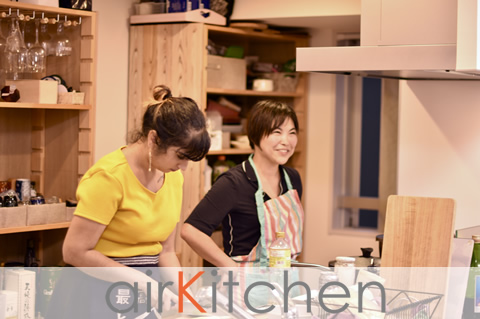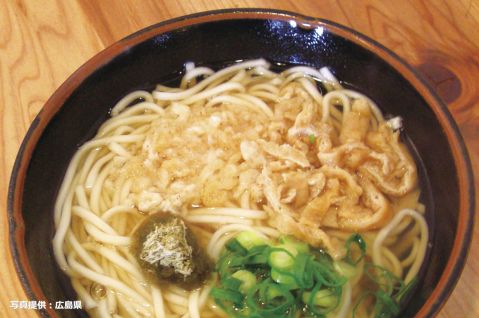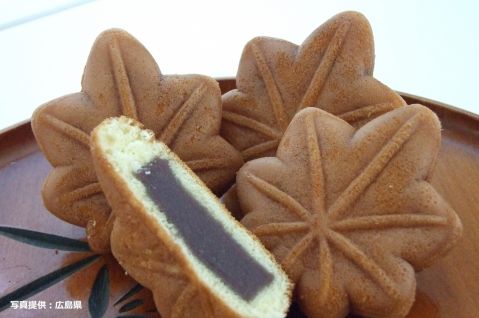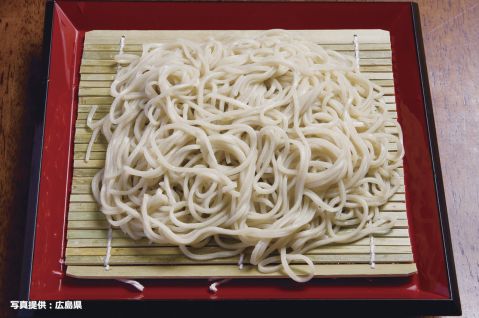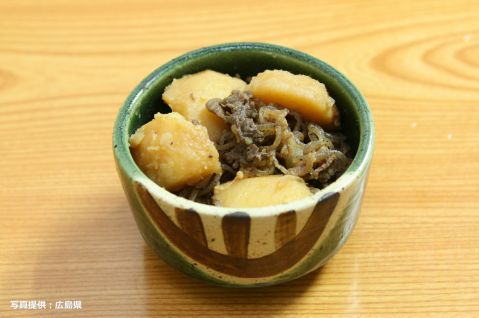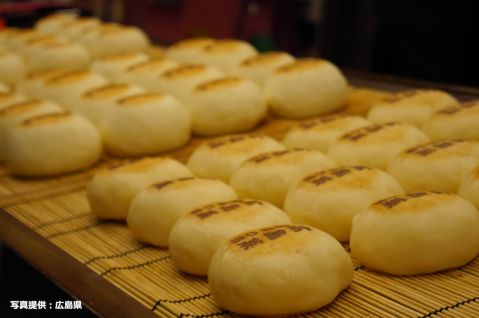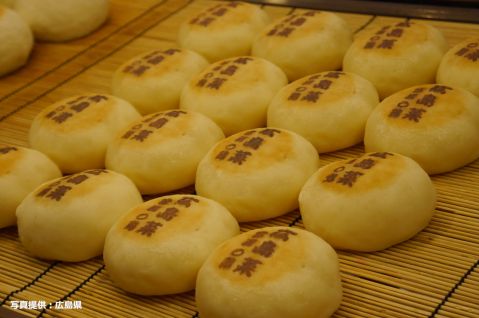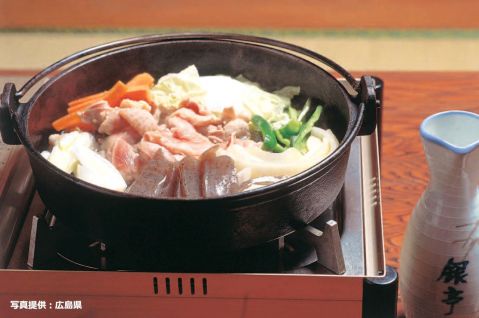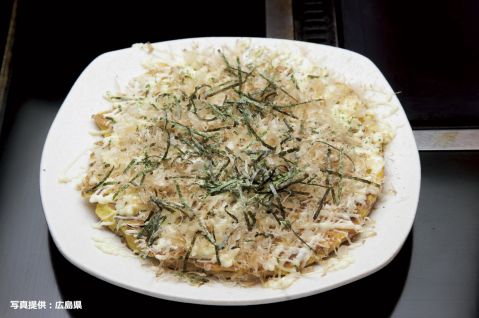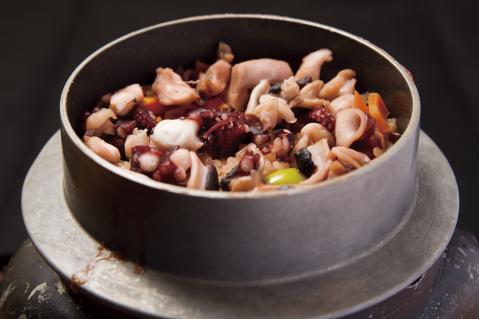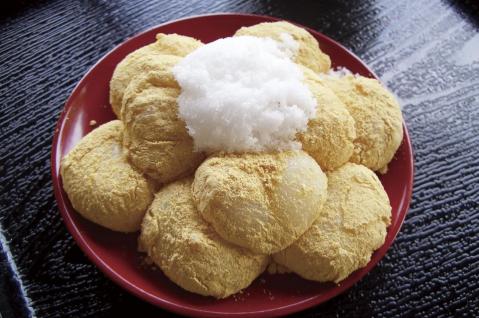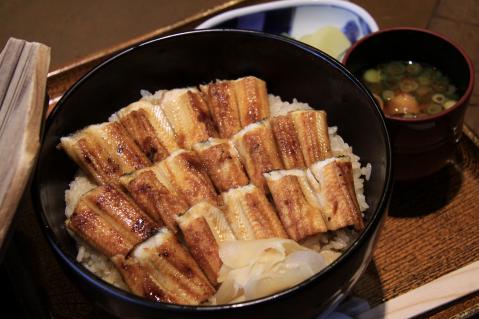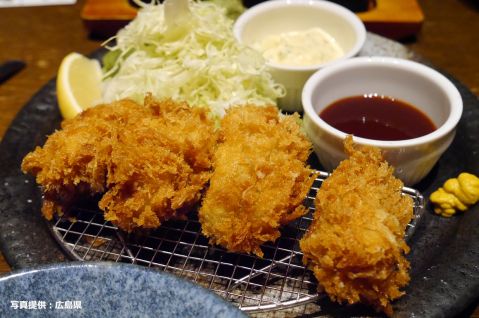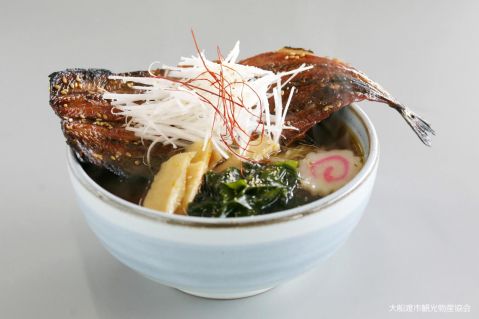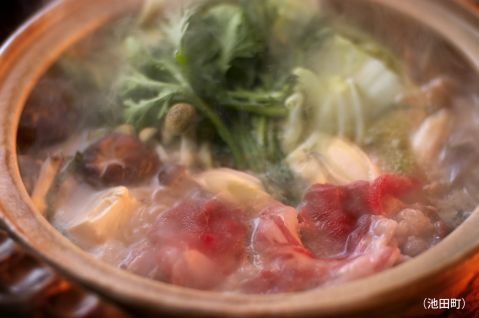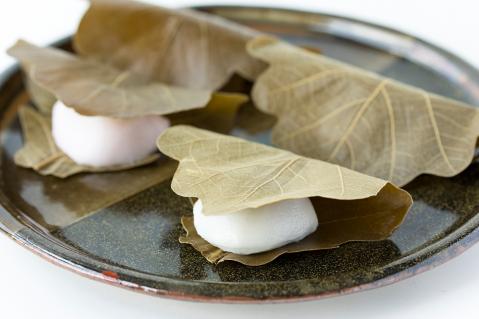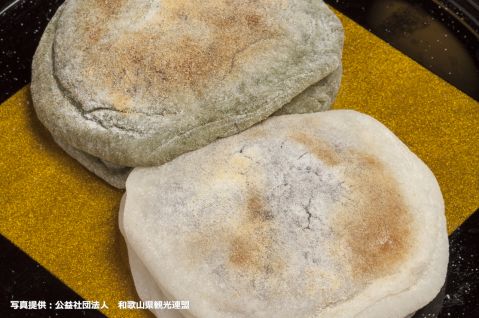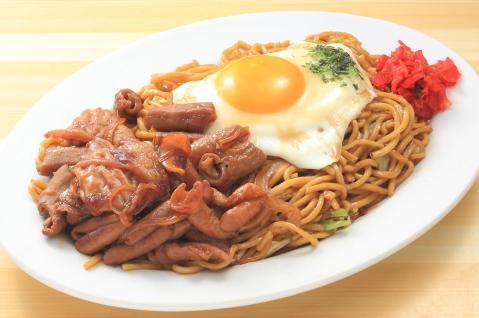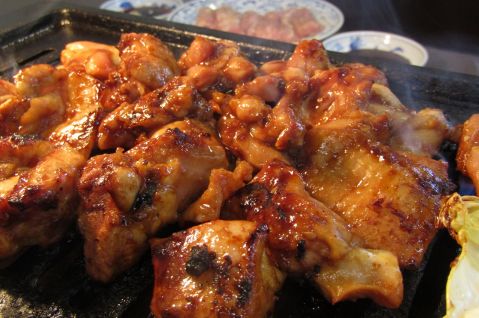Regional cuisine of Hiroshima region
Cooking Classes in Japan
airKitchen allows travelers from all around the world to book and experience authentic cooking classes. Chose your best cooking class from 1000+ classes.
Kaki Meshi
Kaki Meshi (かき飯, Kaki meshi) is a flavorful rice dish made by cooking plump oyster meat together with soy sauce, sake, dashi broth, and rice. Oysters are ...
Thin Udon
Thin Udon (細うどん, Hosou udon) is a regional specialty of Kure City in Hiroshima Prefecture, known for its slim noodles measuring only about 3 to 4 millime...
Momiji Manju
Momiji Manju (もみじ饅頭) is a traditional Japanese confection with a soft and fluffy castella cake exterior made from eggs and wheat flour, filled with swee...
Naval Gourmet
Kure City in Hiroshima Prefecture, facing the Seto Inland Sea, is known as a place with deep connections to the Japanese Navy. In 1889, the Kure Naval Distri...
Toyohira Soba
Toyohira Soba (豊平そば, Toyohira soba) is crafted using locally produced buckwheat flour and pure spring water, following four meticulous steps: mixing, kne...
Kure Style Nikujaga (Meat and Potato Stew)
Kure Style Nikujaga (呉の肉じゃが, Kure no Nikujaga) is a traditional Japanese stew made with carefully selected ingredients: May Queen potatoes, beef, shira...
Anago Manju
Anago Manju (穴子まん) is a unique steamed bun featuring Miyajima's famous conger eel (anago). The anago used in this dish is carefully selected to ensure th...
Beef Manju
Beef Manju (牛まん, Gyu-man) is a savory steamed bun filled with premium Hiroshima beef of A4 to A5 quality. Each bun contains a generous 20 grams of this to...
Bishu Nabe
Bishu Nabe (美酒鍋, Bishu nabe) is a signature dish from Saijo, known as the "Sake Capital." This unique hot pot features pork, chicken, and fresh vegetables...
Natto Pancake
Natto Pancake (納豆焼き, Natto-yaki) is a unique variation of okonomiyaki that originated in Kumano Town. This fluffy creation is made with healthy ingred...
Fuchu-yaki
Fuchu-yaki (府中焼き, Fuchu-yaki) is a unique style of okonomiyaki originating from Fuchu City in the eastern part of Hiroshima Prefecture during Japan’s eco...
Mihara Octopus Rice
Mihara City in Hiroshima Prefecture is known for its abundance of islands, creating the perfect environment with strong tides and rocky areas where octopuses...
Taiko's Power Mochi
Taiko's Power Mochi (太閤の力餅, Taiko no Chikara Mochi) is a delicacy that reflects the rich history and culture of Miyajima. The name originates from the g...
Anago Meshi
Anago Meshi (あなごめし, Anago meshi) is a traditional local dish from Hiroshima Prefecture, originating in Miyajima. It was first introduced as an ekiben (s...
Hiroshima-style Okonomiyaki
Hiroshima-style Okonomiyaki (広島風お好み焼, Hiroshima-fū okonomiyaki) is a beloved local dish prepared by layering ingredients like batter, cabbage, meat, a...
Fried Oysters
When it comes to oyster dishes, Fried Oysters (かきフライ, kaki furai) are undoubtedly a top favorite. The crispy coating gives way to a flavorful burst of o...
